After the success of the Dunlop CX series, the CV line gets an update with the Dunlop Srixon SX. The SX line is all about spin.
The Dunlop Srixon SX series incorporates a technology called Spin Boost. Spin Boost is a new grommet design, giving more movement in the main strings, not different from what some other brands are doing. The idea is simple and logical, to create more string movement and thus, more spin. Besides this new SX technology, the series also comes with the tech from the CX series: Sonic Core made by Infinergy® BASF and Power Grid. Follow the information about this racquet on the Dunlop official homepage.
This SX line will replace the CV 3.0 line in the current line-up. I hope it is as much of an improvement as the CX was over the CV 2.0 (see my Dunlop CX 200 Tour review here). It is clear that powerful, thick-beamed and spin-friendly racquets are what most people buy these days and it is a very competitive market with Babolat leading the field of these frames. Dunlop does make high-quality racquets and I’m sure this line will be good too, but it is tough to compete with the bigger brands and their endorsement deals.
Dunlop Srixon SX Line – Let’s look at the competition
If you want a spin-friendly racquet, there are loads to choose from. Here are the main spin series by brand:
Babolat Pure Aero (read my review)
Wilson Clash (read my review)
HEAD Extreme (read my review)
Tecnifibre Tflash CES (review coming soon!)
Yonex VCORE (read my review)
Angell ASL 3 (read my review)
Prince Beast 100 (read my review (98)
Donnay Hexacore Formula 100 (read my review)
That is a lot of competition! And they all play quite similar. There are obviously differences in feel, comfort, and connection to the ball, but the main spec is a 100 sq inch racquet with a 24+ mm beam width, a 16×19 string pattern, and a stiffness rating of 66+ strung (the Wilson Clash is an exception here, but perhaps the Wilson Burn is a better comparison). These so-called “tweener” frames are everywhere and they are easy to use, give you plenty of spin and power, but can also cause some havoc to your elbow if you string with a polyester string at a higher (24+ kg or 53+ lbs) tension.
Are you looking to spin to win?
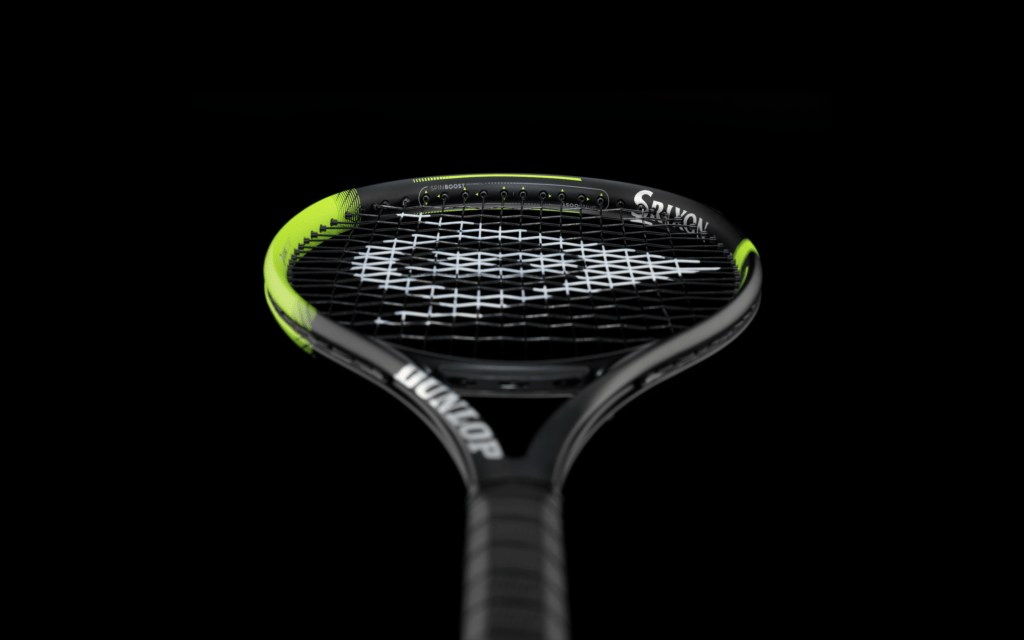
I am not a fan of the trade-off, but I understand that 60 RA, control-oriented, dense-pattern frames aren’t all the rage anymore (although they are making a slight comeback of late).
So do we move with the times or stay with the more difficult frames for the feel and joy of tennis? Keen to hear your thoughts and why you play with the racquet you do!
If you like what we do here at Tennisnerd, please consider supporting us in various ways here.
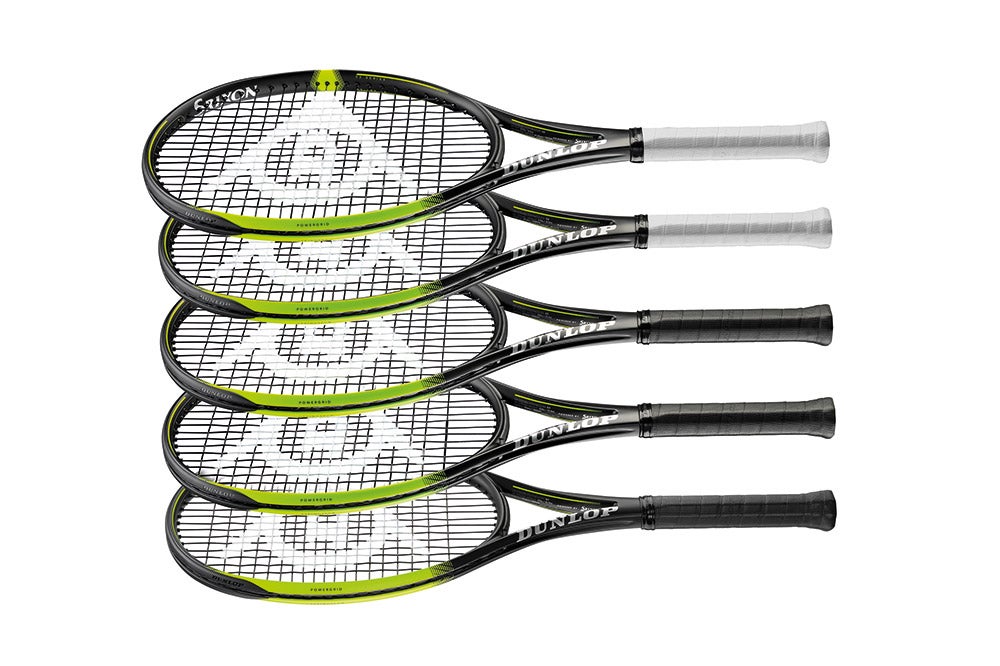

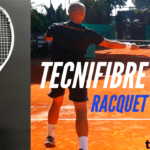

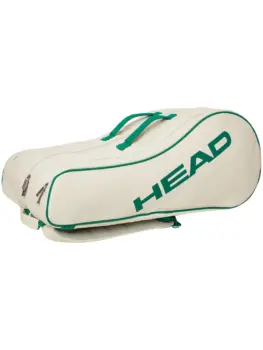



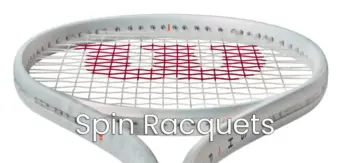
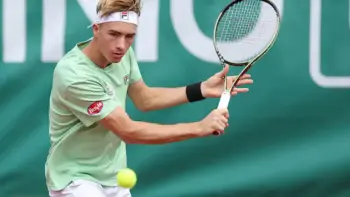


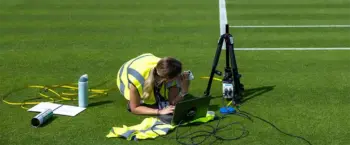

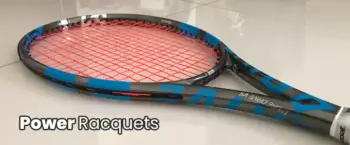

“dense-pattern frames are the rage anymore”. Should it be “aren’t”?
You are absolutely right. It is fixed now! Thanks.
Wow, cool. Can’t wait for review!
UPD: Have you try Dunlop NT series?
Sadly not!
I was actually really interested in the CV Revo 3.0 that had been getting excellent reviews from players and also sites like Tennis Warehouse and Tennis.com. Only thing that kept me from buying it was the extrmely ugly colouring scheme……..now with this updated SX line, I am not convinced. The whole “enlarged grommets” etc will just make it a Pure Aero copy. I have tried the Pure Aero and to me it has way too little control. Unless you really hit great topspin on every strike, the balls flies long. The CV Revo 3.0 seemed to have decent control while still mainly being a powerful racquet. Why don’t companies improve racquets step by step and end up with the best product….?
THESE NEW RACKETS allow a string movement only in certain directions, it should offer better control not only more spin
What is TennisNerd’s take on this? String movements only in certain directions……….?
Definitely sounds like “another marketing” attempt. If that would bring any added value all the other manufacturers would alrwady be doing it. I just can’t see why having certain strings move in different direction, couild bring any benefits……sounds more like a solution prone to errors. A stringbed should be as predictable as possible.
I am not a racquet engineer to say for sure, but I remain sceptical until proven wrong……
I think Dunlop has an interesting strategy where they have clearly opted for doing heavy marketing with their balls being used in multiple tournaments. This brings their brand forward and bit by bit the Dunlp brands becomes seen by the public again.
There is some more info about the SX racquets here: https://www.teneefy.com/en/dunlop-srixon-sx-300-test/
They mention this: “The dynamic stiffness data with its 156Hz gives a perceived value higher than the 64 static points and confirms the fact that in the field the racket seems to be rather rigid and compact, typical of 68-69 point stiffness frames.” I have never heard of this “Hz” dynamic stiffness…….any comments?
On TennisTaste.com they say this about this racquet:
“The SPIN BOOST technology takes shape in the dynamic design of the grommets: acts on a dense string pattern to ensure the control and precision of shots rotational loads. Of an oblong shape, the rings are located on the ten main ropes in the upper part of the frame of the racket.
This means more string movement in a well defined direction, this action creates a “bite” on the ball, which generates a higher mechanical rotation, in addition to making the plate more tolerant ropes, expanding the useful surface impact.
In the off-center shots with impact under the sweet spot 46% was found in most of the rope sliding movement (relative to the upper impact area), which means more “bite” on the ball and ability to “stretch” those shots that would otherwise end up in the net. In decentralized strokes over the sweet spot technology acts on the contrary, allowing a minor movement of the strings, less grip on the ball, and then to “shorten” those shots that otherwise would go off the field.”
Not convinced…..might be a good racquet but the way this new”string/grommet” “technology works, sounds a bit off.
Glad to see some comments about his…..